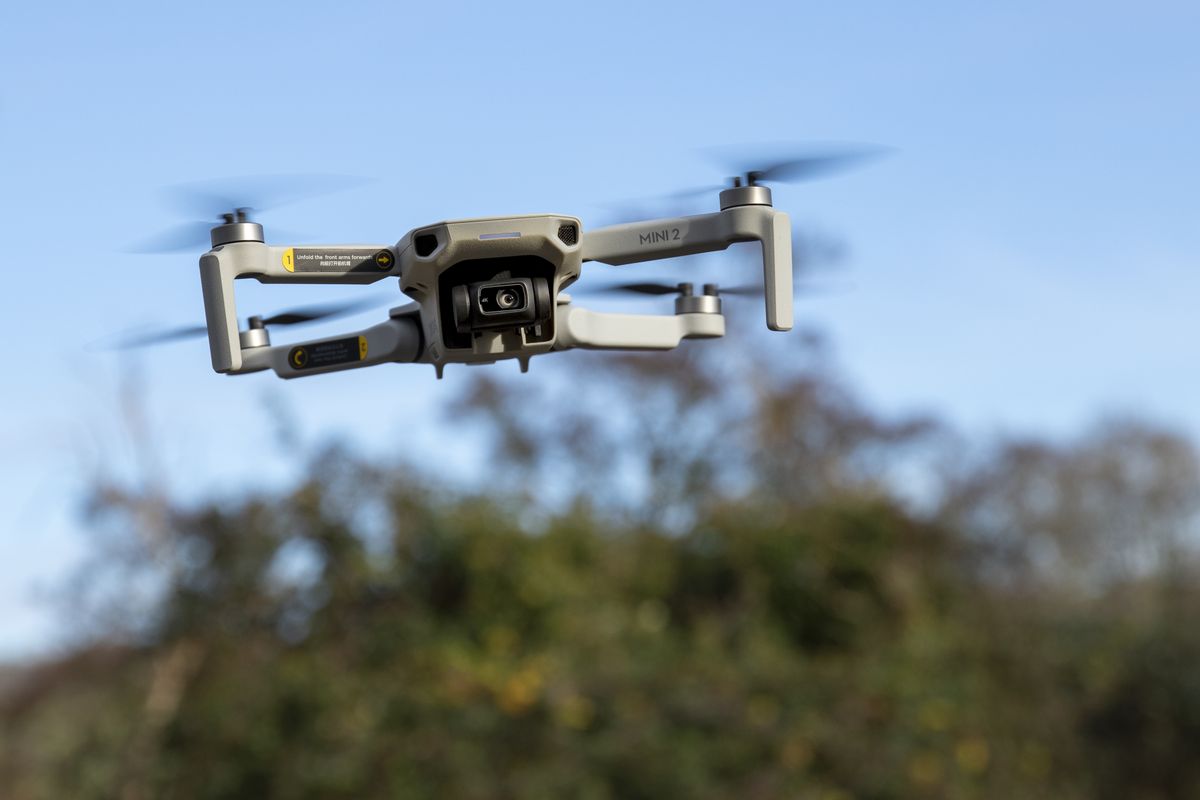How to Program a Drone for Professional Photography Needs?
For many professional photographers, drones have become an essential tool for capturing breathtaking aerial shots. Understanding how to program a drone adds a new dimension to your photography skill set. With the right programming knowledge, you can automate flight paths for consistent results, shoot panoramas, and even follow subjects with precision. But how does one navigate this intimidating process? This article will guide you through the essentials of programming a drone specifically for photography.
In this guide, we will delve into the various aspects of drone programming that directly benefit photographers. Step by step, we will cover the software options available, the importance of understanding flight modes, and how to set custom routes for the perfect shot. With so many options in the drone market, it is crucial to tailor your programming based on your specific photography needs.

Understanding Your Drones Flight Modes
The first step in how to program a drone is to understand its flight modes. Most drones offer different settings for various shooting scenarios:
- GPS Mode: Ideal for capturing stable shots.
- Follow Me Mode: Perfect for tracking moving subjects.
- Waypoint Navigation: Allows you to pre-program specific routes.
Knowing these flight modes will help you choose the right settings for the kind of photography you are doing.
The Software You Need
Many drones come with proprietary software, and several third-party applications can significantly facilitate drone programming. Some notable options include:
- DJI Go App: For DJI drones, this app provides comprehensive programming features.
- DroneDeploy: Great for mapping and automated shooting.
- Pix4D: Excellent for professional photogrammetry projects.
Choosing the right software can greatly impact your work's efficiency and quality. Check out this editing guide to learn how to enhance your aerial photos.
Setting Custom Flight Paths
Programming custom flight paths could significantly elevate your photography style. Heres how:
- Plan your shot: Visualize the aerial image you want.
- Utilize waypoint navigation: Use your chosen software to set waypoints for your drone's path.
- Adjust altitude and angles: Fine-tune each waypoint to suit the lighting and composition factors.
Take advantage of the various flight modes available. They can help adjust your path based on environmental changes and subject movements.
Safety Essentials for Drone Operation
As you gain confidence and expertise in how to program a drone, prioritize safety. Ensure you're aware of relevant drone laws, such as those outlined in this guide to U.S. drone laws. Other essential safety measures include:
- Conduct a pre-flight checklist
- Check batteries and signal strength
- Be aware of your surroundings
A good understanding of local regulations will keep you compliant and help you find the best spots to shoot without landing yourself in trouble. Explore state regulations for even more insight.
Incorporating Automation
To make your life easier while maintaining quality, include automated features in your drone operation:
- Time-lapse Photography: Program your drone for automatic aerial time-lapses.
- Panorama Shots: Set predefined paths for breathtaking panoramic images.
- Hyperlapse Features: Create moving time-lapse sequences for added creativity.
By ensuring smooth automated flight paths, you minimize the chances of shakes and interruptions, allowing your camera to do what it does best.
Post-Production Tips
Coding your drone to achieve specific tasks is only part of the process; what you do afterward is critical. A comprehensive post-production workflow will ensure your final images shine:
- Use editing software to enhance color and details.
- Explore creative angles in the edit.
- Offer variations to clients showcasing different styles.
Adopting strong post-production practices will ensure your aerial photos meet professional standards.
Challenges in Drone Photography
Nothing comes without its hurdles, and aerial photographers face challenges that demand robust solutions:
- Weather conditions can be unpredictable. Always check forecasts.
- Receiving proper permissions in crowded areas may prove tough.
- Battery management is critical for operations.
To maximize your success, prepare for these challenges and stay informed.

FAQs About Programming Drones
1. How long does it take to learn how to program a drone?
Typically, beginners can grasp the basics within a few days, while mastering more advanced techniques may take months.
2. Can I program my drone to follow me?
Yes, many drones have a built-in Follow Me feature that recognizes you as the subject and maintains a specified distance.
3. What apps are best for drone programming?
Popular apps include DJI Go, DroneDeploy, and Pix4D for their extensive features catering to various photography needs.
In conclusion, knowing how to program a drone empowers photographers, providing both creativity and efficiency. As you incorporate these skills into your photography workflow, you will elevate your aerial imagery to new heights!

